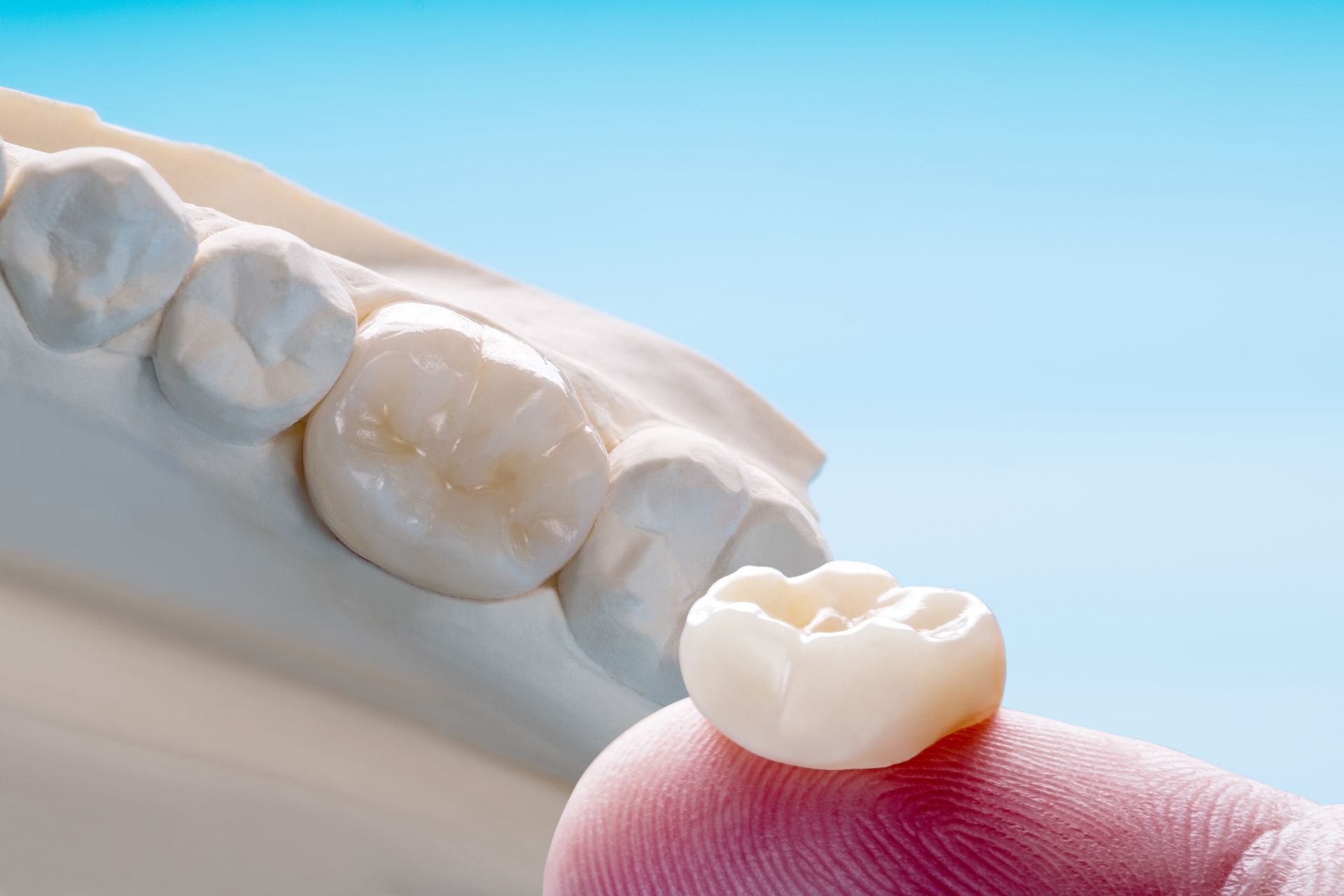Dental Crowns: Types, Procedures, and Care
Comprehensive Insights into Dental Crowns: Restoration, Types, and Maintenance

Severe tooth decay or damage may necessitate dental crowns to protect and restore compromised teeth. Crowns act as vital restorations, preserving weakened teeth, improving appearance, and enhancing functionality.
Understanding Dental Crowns
A dental crown, commonly called a cap, effectively covers damaged teeth, offering protection and enhanced aesthetics. It functions similarly to a natural tooth, demanding equivalent care and hygiene.
Purpose and Types of Crowns
- Metal Crowns: These durable crowns made of gold or alloys are exceptionally strong but lack aesthetic appeal, making them less ideal for visible teeth.
- Ceramic Crowns: Primarily chosen for their aesthetic qualities, ceramic crowns match natural tooth color but are less durable, suited better for front teeth restoration.
- Porcelain-Fused-to-Metal (PFM) Crowns: Blending strength and aesthetics, PFM crowns have a porcelain exterior over a metal interior. However, they might reveal metal near the gum line and wear down surrounding teeth.
- Zirconia Crowns: Utilizing tooth-colored zirconia, these crowns offer durability but may lack the aesthetic appeal of porcelain and might not be as gentle on opposing teeth as metal crowns.
Dental Crown Procedure Overview
- Tooth Preparation: Decayed areas are removed, fillings or root canals performed if needed. Local anesthesia is administered before trimming the tooth for crown placement.
- Impressions: An impression of the prepared tooth is taken to create a custom crown matching the size, shape, and color of the natural teeth.
- Temporary Crown: A temporary crown is fitted over the prepared tooth to safeguard it while the permanent crown is fabricated at a dental lab.
- Permanent Crown Placement: After the custom crown is ready, a second appointment is scheduled for the fitting and placement of the permanent crown, ensuring a comfortable and secure fit using bonding resin.
Aftercare Recommendations
Proper care is essential for extending the lifespan of dental crowns. While the crown itself is resistant to decay, maintaining good oral hygiene is crucial to safeguard the tooth underneath. Regular brushing, flossing, and routine dental check-ups are vital for ensuring the longevity of the crown, which can typically last from 10 to 50 years with proper care.







